- The paper demonstrates that ICoT training enables transformers to capture long-range dependencies essential for multi-digit multiplication, unlike standard fine-tuning.
- The analysis reveals that intermediate representations, such as the computed value ˆcₖ and attention tree structures, are critical for predicting carries and partial products accurately.
- The study proposes an auxiliary loss technique to mitigate long-range learning deficits, fostering a structural inductive bias in Transformer architectures.
Introduction
The paper explores why Transformers struggle with multi-digit multiplication, a relatively simple algorithmic task. Despite the prowess of LLMs such as LLaMA-3.2 and GPT-4, they fail at 4x4-digit multiplication. This investigation involves examining the inner workings of a model trained using Implicit Chain-of-Thought (ICoT), uncovering its successful handling of long-range dependencies, in contrast to standard fine-tuning methods which falter.
Long-Range Dependencies in Multiplication
Multi-digit multiplication inherently involves computing pairwise products of digits and accounting for carries over extended positions. The paper outlines a key intermediary term, c^k=sk+rk−1, crucial for encapsulating these dependencies. While ICoT models align with these dependencies through explicit chain-of-thought training, standard fine-tuning lacks this structural insight, often leading to local optima and unsuccessful learning.
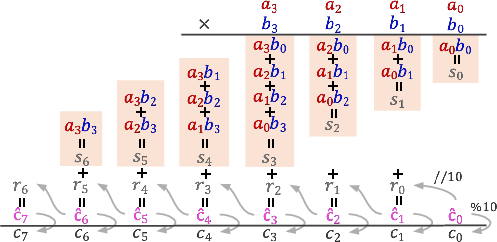
Figure 1: Multiplication has long-range dependencies, which can be captured by an intermediate value c^i, from which both the solution (ci) and carries (ri) can be derived.
Evidence of Long-Range Dependencies
Logit Attributions
Logit attribution analysis reveals that, unlike standard fine-tuned models, ICoT models discern each digit's influence on the eventual product, demonstrating successful learning of the requisite dependencies.

Figure 2: Logit Attribution. We test for whether each model has correctly learned long-range dependencies by measuring how sensitive the logits of output digits ci are to each operand digit (i.e., ai,bj).
Linear probes establish that ICoT models encode intermediate values like c^k effectively, whereas fine-tuned models fail to develop such comprehensive representations.
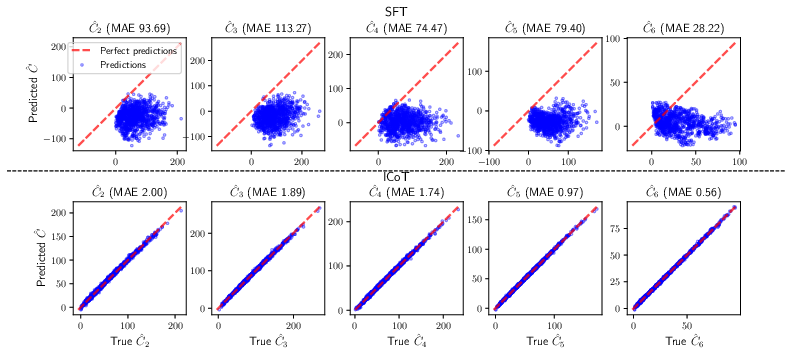
Figure 3: Linear regression probing results for ck^. We probe from the middle of the last Transformer block, after attention heads but before MLPs.
Mechanisms for Encoded Dependencies
Attention Trees
ICoT models create a directed acyclic graph structure, akin to binary trees, using attention heads to track necessary pairwise products and store these calculations for later retrieval when predicting solutions.
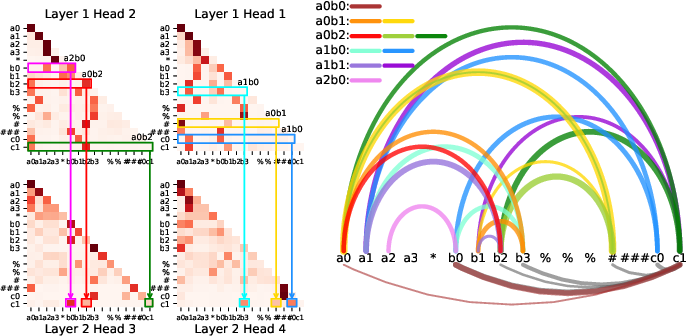
Figure 4: Visualization of attention tree to compute c2. Attention maps show cache and retrieval patterns.
Geometric Representations of Features
- Minkowski Sums: Attention heads realize partial products as Minkowski sums, providing an efficient combination of attended inputs (Figure 5).
- Fourier-based Digit Embeddings: Digits are embedded using Fourier bases, forming visually identifiable structures that represent even and odd number sequences efficiently (Figure 6).

Figure 5: 3D PCA of attention head outputs can form Minkowski sums, which in turn can form nested representations.
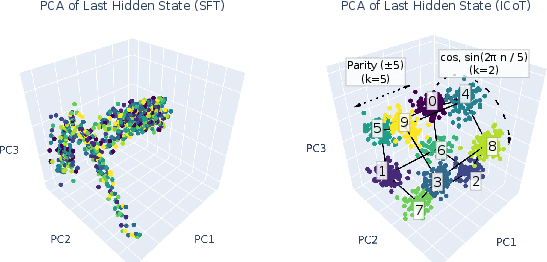
Figure 6: Digits embedded in a pentagonal prism, using Fourier bases.
Analysis of training dynamics shows standard fine-tuning often results in learned solutions for only the first, second, and last digits. Middle digits remain elusive due to insufficient long-range information propagation.
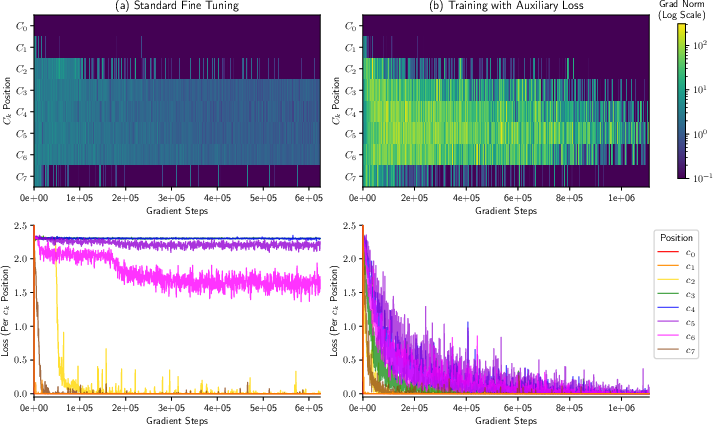
Figure 7: Gradient norms and losses per token ck. Loss plateau and erratic gradients illustrate the pitfalls of insufficient long-range dependency learning.
Inductive Bias for Effective Multiplication Learning
The paper introduces an auxiliary loss to guide Transformers towards better dependency handling, allowing prediction of intermediate sums without explicit chain-of-thought guidance. This strategy shows promise in overcoming existing shortcomings within Transformer architectures.
Conclusion
The paper reveals the crucial role of long-range dependencies in learning multi-digit multiplication and highlights structural deficits in standard fine-tuning approaches. While ICoT provides task-specific improvements, future AI advancements must focus on more general solutions for handling long-range dependencies effectively in complex tasks.






